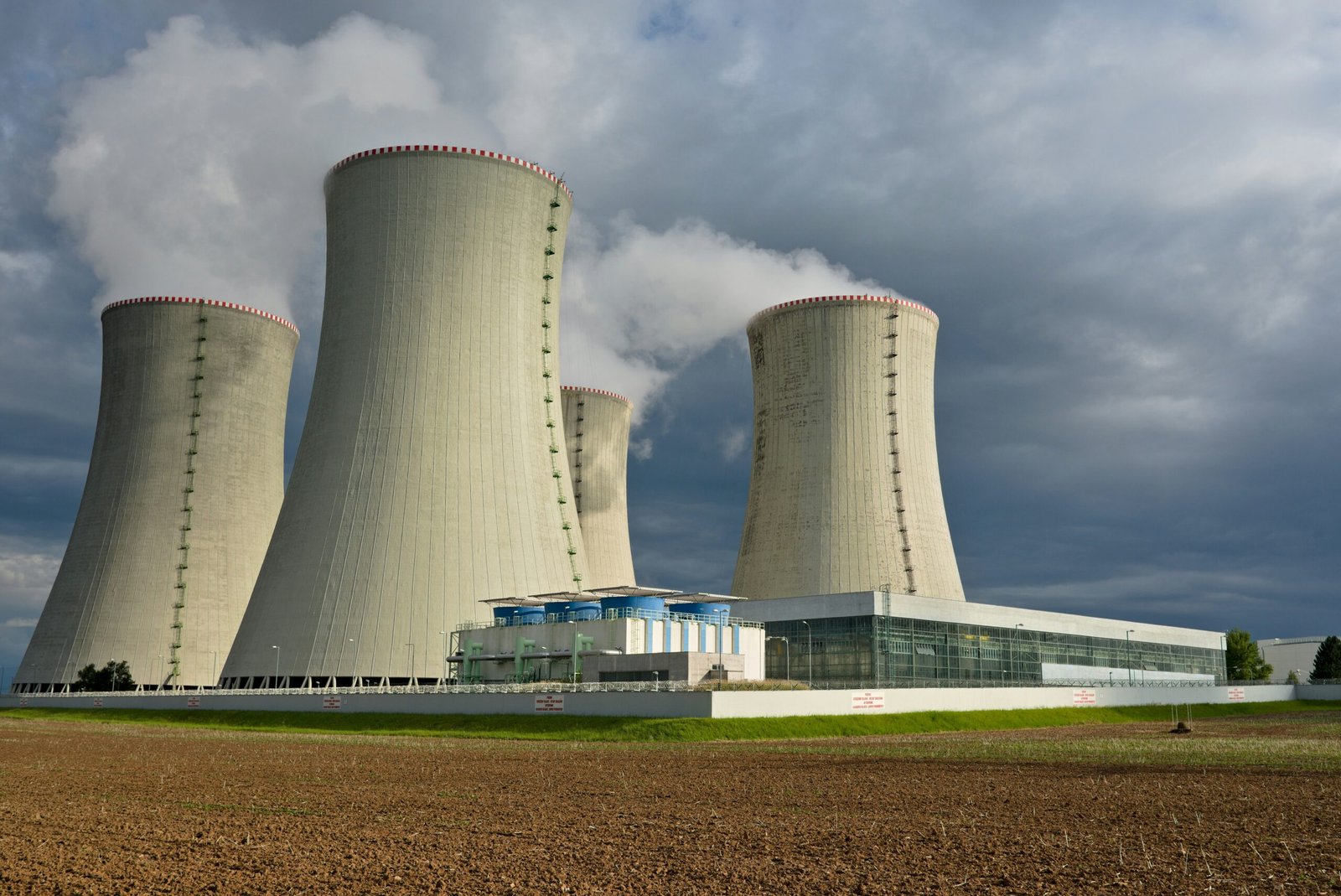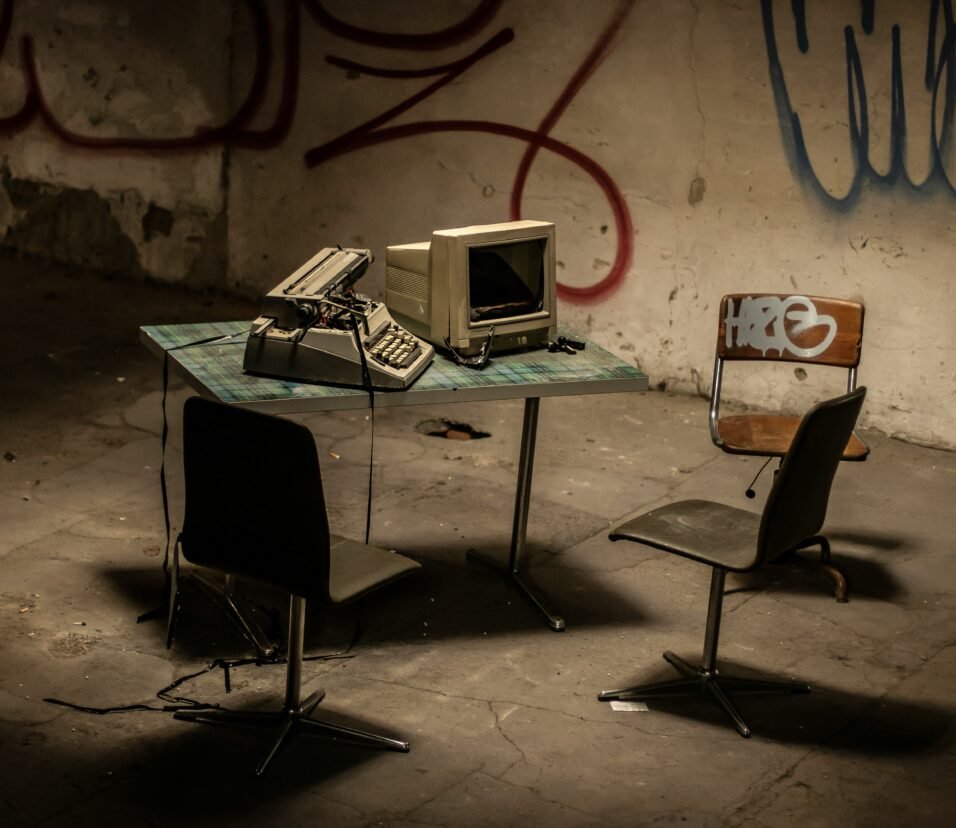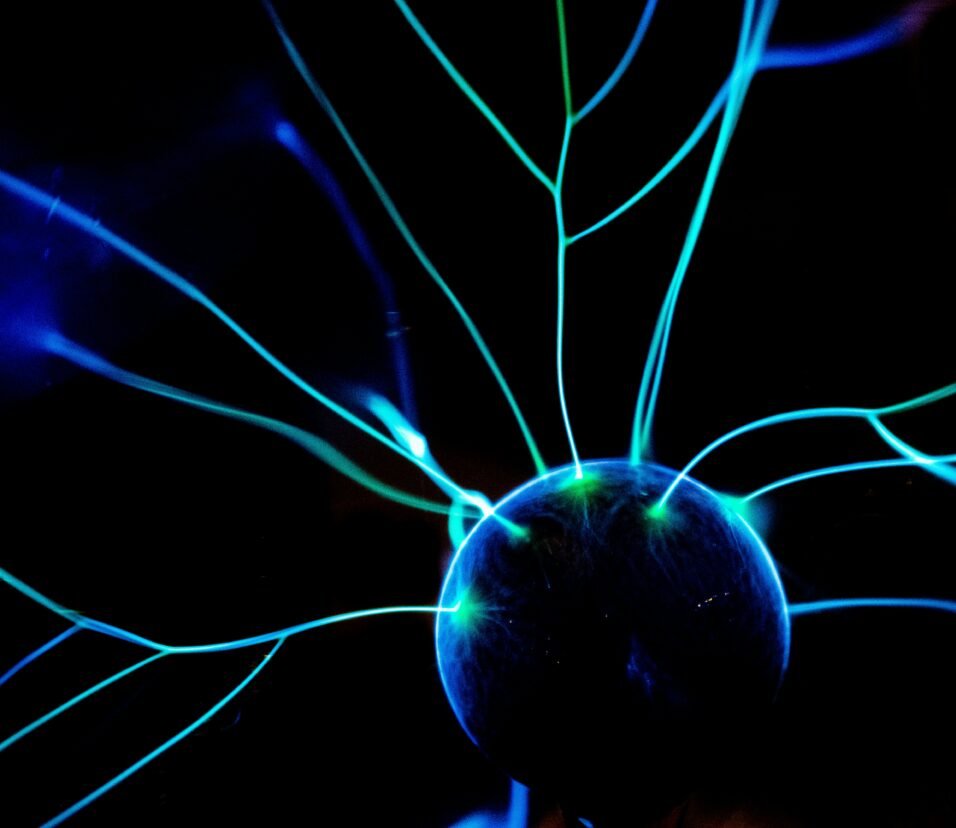Nuclear-Powered Data Centers: Sci-Fi or the Future?
As AI models grow larger and climate concerns grow louder, tech giants are eyeing an unexpected solution: nuclear-powered data centers. But is this energy pivot brilliant, risky—or just inevitable?
🌐 Introduction: The Energy Crisis of the Digital Age
In 2025, data isn’t just the new oil—it’s the new electricity bill.
With the rise of:
- Generative AI (like ChatGPT and image models)
- Cloud computing
- Blockchain and Web3
- Always-on smart devices
…data centers are consuming enormous amounts of energy—and growing fast.
By some estimates, data centers could account for 8–10% of global electricity use by 2030. And with AI workloads increasing exponentially, traditional energy sources simply can’t keep up sustainably.
Enter an unlikely hero: nuclear energy.
💡 Why Nuclear?
While nuclear power has long been controversial, it offers something few other energy sources can:
- High output
- Zero carbon emissions
- 24/7 reliability
Unlike wind or solar, which are intermittent, nuclear can power a data center consistently, without reliance on batteries or fossil fuel backup.
🏢 What Are Nuclear-Powered Data Centers?
They’re exactly what they sound like: data centers that are either directly connected to or co-located with nuclear power plants—especially small, modular reactors (SMRs).
Two Key Approaches:
- Colocation: Building data centers next to existing nuclear plants to tap into the grid at source.
- Dedicated Microreactors: Using compact, safe, modular reactors built specifically to power tech infrastructure.
🧠 Why Now? 5 Reasons Nuclear and Tech Are Merging
| Reason | Explanation |
|---|---|
| 🌍 Sustainability | Tech companies need low-carbon energy to meet net-zero goals. |
| ⚡ High Demand | AI, streaming, and cloud require constant, massive power. |
| ⏳ Reliability | Nuclear provides continuous power, unlike solar/wind. |
| 🔐 Energy Sovereignty | Reduces dependency on unstable regional grids. |
| 🚀 Innovation | New SMR designs make nuclear safer and more flexible. |
🏭 Who’s Doing It Already?
👨🔬 Real-World Projects in Motion (2024–2025):
- Microsoft x Helion Energy
Microsoft signed a deal with Helion to buy nuclear fusion energy by 2028—making it one of the first tech giants to commit to advanced nuclear tech. - Oklo + Data Center Partnerships
Oklo, a U.S. startup, is building compact fission reactors designed specifically for colocation with energy-hungry infrastructure like data centers. - TerraPower (Bill Gates)
Developing next-gen reactors with AI integration for energy optimization—potential future partner for cloud platforms. - European & Asian Energy Tech Zones
Countries like Finland, France, and South Korea are exploring data campuses powered by modular nuclear energy, especially for AI and HPC (high-performance computing).
⚠️ The Risks and Controversies
Despite the optimism, nuclear-powered data centers face major questions:
🧨 1. Safety Concerns
- Nuclear still triggers fear due to Chernobyl and Fukushima.
- Even SMRs face public scrutiny and require extensive safety planning.
💸 2. Cost and Complexity
- Building and licensing reactors is very expensive and slow.
- Many projects run over budget and face political delays.
🕊️ 3. Nuclear Waste
- Although minimal in modern designs, spent fuel disposal is still an unresolved issue.
🏛️ 4. Regulatory Hurdles
- Governments are cautious about combining critical digital infrastructure with nuclear power.
🌐 5. Perception and Trust
- “Nuclear” still feels dangerous to the public—especially near populated data hubs.
🧬 The Rise of Small Modular Reactors (SMRs)
One of the most promising developments is the Small Modular Reactor:
| Feature | Benefit |
|---|---|
| 🧱 Compact size | Can be built near or inside tech campuses |
| ⚙️ Factory-built | Easier to deploy, scale, and maintain |
| 🔒 Passive safety | Designed to shut down safely without human input |
| ♻️ Fuel efficiency | Uses less fuel, creates less waste |
🔋 Alternatives: Why Not Just Use Solar or Wind?
| Source | Pros | Cons |
|---|---|---|
| Solar | Clean, scalable | Intermittent, requires storage |
| Wind | Renewable, efficient in some areas | Location-dependent, noisy, unpredictable |
| Hydro | Powerful, stable | Requires water access, ecological impact |
| Battery Backup | Smooths out fluctuations | Costly, needs rare minerals, not ideal for long-term loads |
| Natural Gas | Reliable | High emissions, not sustainable |
So while renewables remain essential, they often can’t provide constant base-load power for AI-scale data centers without huge infrastructure.
🔮 What the Future Looks Like
Within 5–10 Years, We May See:
- Tech campuses with on-site modular nuclear reactors
- Cloud providers offering “nuclear-secure compute zones”
- AI-powered nuclear plant management systems
- Government incentives for clean AI computing infrastructure
- Integration of nuclear energy with data center cooling systems
🧭 Final Thoughts: Sci-Fi or Inevitable?
The idea of nuclear-powered tech sounds like sci-fi.
But in 2025, it’s becoming a strategic necessity.
As the world demands more data, more AI, and more performance, we also demand more energy—and less carbon.
Nuclear power, especially in the form of SMRs, may be the only viable bridge between the compute-heavy digital future and the climate goals we must meet.
✅ TL;DR – Nuclear-Powered Data Centers
| Question | Answer |
|---|---|
| What is it? | Data centers powered by nuclear fission or fusion energy |
| Why now? | Skyrocketing demand from AI and cloud, plus carbon goals |
| Is it happening? | Yes—projects by Microsoft, Oklo, and more are underway |
| Is it safe? | SMRs are designed to be much safer than legacy plants |
| Will it scale? | Likely, but only with public trust, regulation, and funding |








